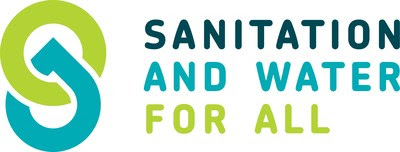DENVER, Oct. 28, 2021 (GLOBE NEWSWIRE) — SeeUnity – An Anaqua Company, the leading provider of Application Programming Interface (API)-based content integration and migration solutions for on-premise and cloud-based Enterprise Content Management applications, today announces the release of a significant Echo Content Synchronization (Echo) product enhancement supporting events-driven synchronization via webhooks. This capability is less resource intensive and expedites the notification of content and metadata changes from cloud-based systems to another application, delivering real-time data updates to users.
Echo is a robust content synchronization engine that enables organizations to securely connect and sync data between a document management system and other external applications via API. Echo can sync content and content changes in one direction or bi-directionally on an ongoing and scheduled basis, allowing users to collaborate and access up-to-date content anywhere.
Using webhooks provides an alternative method for syncing data between applications. Webhooks deliver data over the web as changes (events) happen, versus relying on numerous API call requests for changes. API rate limits are often found with cloud-based systems, causing delays and bottlenecks. For customers that require frequent, numerous, and timely data updates, this means they’ll receive the information much faster and more efficiently utilizing webhooks.
“A full Echo API scan is still run periodically to catch events that may have been missed for normally occurring situations, such as internet glitches, downed systems, or database errors,” commented Dan Hunsinger, CTO at SeeUnity. “The combination of webhooks, with the full scan safety net, creates a solid, efficient, and reliable integration.”
Gene D’Aversa, Sr. Director of Knowledge Management & Technology Innovation, IT Department Husch Blackwell: “The adoption of cloud-based applications in the industry continues to rise, and with that comes its own set of intricacies for system integration and content synchronization. SeeUnity invests in the product enhancements and functionalities that meet market challenges and help support enterprise agility. Over the years, we’ve partnered with SeeUnity in an effort to continually modernize and streamline our IT ecosystem, providing our users with more efficient processes. The ROI impact of leveraging these integrations is significant, ultimately benefits our customers, and contributes to our success.”
The Echo webhook sync option for Microsoft 365 and Filevine is immediately available. The capability is being expanded to other cloud-based systems.
About SeeUnity – An Anaqua Company
SeeUnity has led the way in providing API-based enterprise content integration and migration solutions for legal tech and beyond since 2004. We’ve helped over 500 customers and 30 global partners streamline workflow processes, enable secure collaboration, and maintain Information Governance. Our 30+ connectors support most ECM, CRM, IPM, collaboration, and file sharing systems. Now an Anaqua company, SeeUnity has an even greater ability to accommodate expanding IT ecosystem connectivity needs. New connectors under development include: HR, Legal Matter Management, and finance systems. For a complete list of connectors or additional information, please visit https://seeunity.com, Twitter @SeeUnity or LinkedIn.
Press Contact
Jo Becker, Director of Marketing, SeeUnity
jbecker@anaqua.com | +1 970 776-8318
PDF available at: http://ml.globenewswire.


